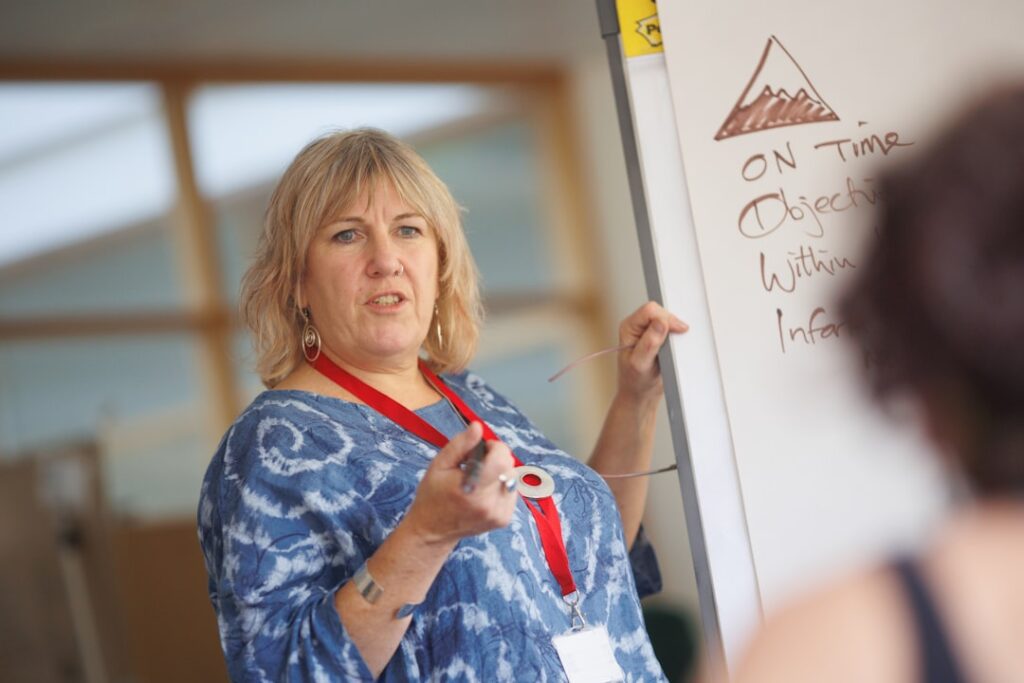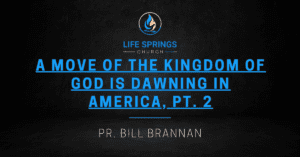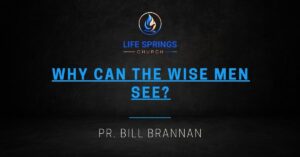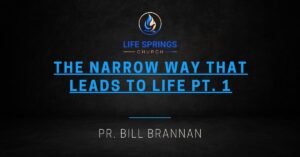The Greatest Commandment

Understanding the essence of love is at the heart of our spiritual journey. The greatest commandment, as articulated in the Bible, serves as a guiding principle for how we should live our lives. In this exploration, we will delve deep into the meaning and implications of loving God and loving our neighbors as ourselves.
The Context of the Commandment
The foundation of our discussion is found in Matthew 22:35-40, where a lawyer asks Jesus, “Teacher, which is the great commandment in the law?” Jesus responds with a profound answer that encapsulates the essence of our relationship with God and others.
He states, “You shall love the Lord your God with all your heart and with all your soul and with all your mind. This is the great and first commandment. And the second is like it: You shall love your neighbor as yourself.” These two commandments are the crux of all the law and the prophets.

Photo by Stephen Radford on Unsplash
The Role of Jesus as Rabbi
To fully appreciate the significance of this commandment, it’s essential to understand the role of Jesus as a rabbi in the first century. Unlike the typical understanding of a carpenter, Jesus was a rabbi who engaged in teaching and interpreting the scriptures. The rabbinical tradition, which emerged around 150 years before Jesus, aimed to help ordinary people understand how to live under God’s law.
Rabbis were not just educators; they were role models. Disciples followed their rabbi closely, emulating their actions and teachings. This was a dynamic and immersive learning process, where disciples aimed to embody the teachings of their rabbi, ultimately becoming like them.

Photo by Centre for Ageing Better on Unsplash
The Shema: A Central Prayer
Jesus’ reference to loving God with all our heart, soul, and mind draws from the Shema, a central declaration of faith in Judaism found in Deuteronomy 6:4-9. This prayer emphasizes the oneness of God and the command to love Him fully. The Shema is recited daily by observant Jews and serves as a reminder of their covenant with God.
The command to love God is not merely about feelings; it involves our entire being. We are to love God with our emotional heart, our life (soul), and our strength (might). This comprehensive love calls us to integrate our faith into every aspect of our lives.

Photo by Levi Meir Clancy on Unsplash
The Practical Application of Love
So how do we translate this commandment into our daily lives? The answer lies in the way we interact with others and how we express our love for God. Jesus’ teachings remind us that our love for God must manifest in our relationships with those around us. This is where the second commandment comes into play: loving our neighbor as ourselves.
- Daily Conversations: Discussing our faith with family and friends, sharing God’s goodness in our lives.
- Acts of Kindness: Engaging in selfless acts that demonstrate our love for others.
- Community Involvement: Being involved in our communities to uplift those in need.
The Challenge of Love
While loving God and our neighbors seems straightforward, it can often feel overwhelming. The call to love is not just a suggestion; it is a command that requires commitment and effort. We often find ourselves falling short, struggling to love perfectly.
Recognizing our limitations is essential. David and Goliath’s story exemplifies the idea that we often face giants in our lives that seem insurmountable. Yet, like David, we must remember that our faith in God empowers us to overcome these challenges.

Photo by Mateus Campos Felipe on Unsplash
The Need for a Deliverer
Our inability to love perfectly highlights the need for a Savior. Jesus, as the embodiment of love, fulfills the law and offers us grace. In our moments of failure, we must turn to Him, asking for help to fulfill the commandment of love. It is through Christ that we find the strength to love God and others genuinely.
Understanding Love Through the Spirit
1 John 4:13-19 emphasizes that our ability to love stems from God’s love for us. When we recognize that God first loved us, we are empowered to extend that love to others. The Holy Spirit plays a crucial role in this process, helping us to abide in God’s love and share it with those around us.
As we engage with the world, we must remember that love is not just an action; it is a state of being. It requires us to be rooted in our identity as beloved children of God, which enables us to serve others selflessly.

Photo by Tim Marshall on Unsplash
The Practical Steps to Loving Well
To live out the greatest commandment, we can take practical steps that align our actions with our faith. Here are some actionable ways to express love:
- Prayer: Begin with prayer, asking God to help you love others as He loves you.
- Listen: Take the time to listen to others, showing empathy and understanding.
- Serve: Look for opportunities to serve in your community, whether through volunteering or simple acts of kindness.
- Forgive: Practice forgiveness, letting go of grudges and extending grace to others.
- Share: Share your faith journey with others, allowing them to see God’s love in action.
The Transformative Power of Love
Ultimately, love has the power to transform lives. When we embody the greatest commandment, we become vessels of God’s love in the world. This love not only impacts those around us but also deepens our relationship with God.
As we strive to love God with all our heart, soul, and mind, and to love our neighbors as ourselves, we participate in a divine mission that brings healing and hope to our communities.
Conclusion: Embracing the Greatest Commandment
The greatest commandment is more than a rule; it is a way of life. It challenges us to reflect on our priorities and our relationships. As we embrace this commandment, we invite God’s transformative love into our hearts, enabling us to love others authentically.
Let us commit to living out this commandment daily, allowing it to shape our actions and interactions. In doing so, we fulfill our calling as followers of Christ, living in a way that honors God and uplifts those around us.

Photo by Lina Trochez on Unsplash











